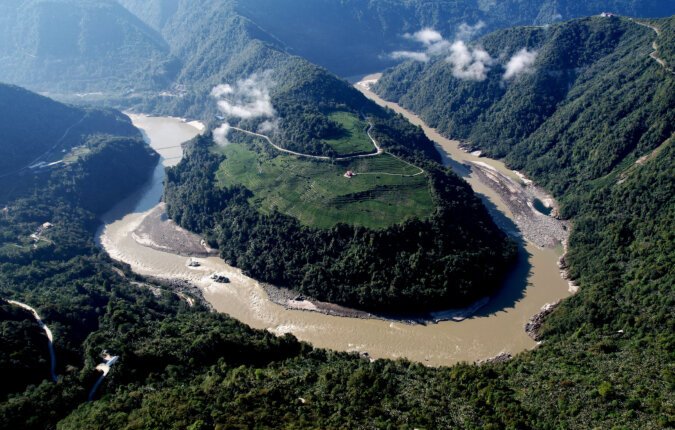Tensions over water security are rising between India and China as both nations push forward with competing mega dam projects on the Brahmaputra river system.
China broke ground in July on what will be the world’s largest hydropower dam in Tibet, close to the Indian border. Indian officials fear the project could divert up to 40 billion cubic meters of water annually—over a third of the river’s normal flow at the border point. An internal government analysis warns the impact could be catastrophic, especially in the dry season when water shortages already affect millions.
In response, Delhi is fast-tracking the Upper Siang Multipurpose Dam in Arunachal Pradesh, designed to store 14 BCM of water. Officials say the project could reduce Guwahati’s water shortage in dry months from 25% to 11% and shield downstream communities from sudden Chinese water releases.
But the project is controversial at home. Locals in the border district, many from the Adi indigenous community, fear the submergence of 16 villages and the displacement of over 10,000 people. Protests have been intense, with villagers vandalising survey equipment and blocking dam workers.
The Modi government insists the project is necessary to counter Beijing’s “existential threat” while promising compensation and development support for affected families. Some lawmakers from the region believe opposition can be eased if rehabilitation measures are generous enough.
Analysts also warn that both dams—Chinese and Indian—are being built in one of the world’s most seismically active zones, heightening risks of landslides, floods, and dam safety failures.
With Beijing’s dam expected to be operational by the early 2030s, New Delhi faces a race against time to complete its own project and prevent China from holding an upper hand in Asia’s water wars.



